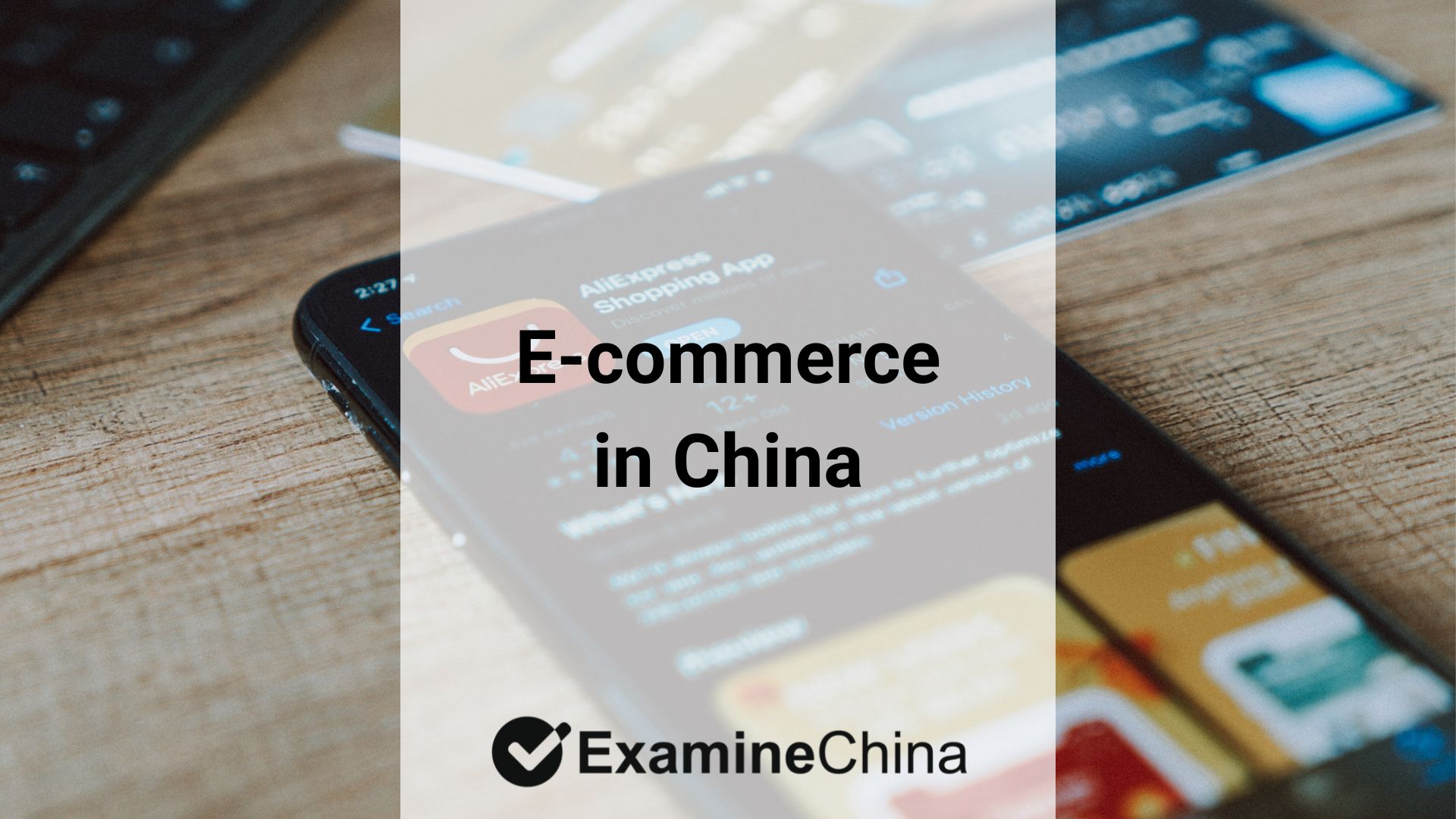China is the world’s biggest e-commerce market. It has over 50% of e-commerce sales, totaling to 2.78 trillion USD. Among the products that the Chinese buy online are clothes, cosmetics, electronics, and even fresh produce (more than 50% of customers). New trends and interest in foreign and luxury goods also contribute to the rapid development of e-commerce in China. See where the Chinese buy online.
Leading Chinese e-commerce platforms
E-commerce gives foreign suppliers an opportunity to sell their products and speed up procedures, benefit from favorable tax policies, and, what’s most important, they don’t have to license their operations.
If you want to expand into the Chinese market, you should find out which Chinese e-commerce platforms are the best for your brand to get the most profits. The vast majority of Chinese e-commerce transactions (80%) take place on e-commerce marketplaces.

Taobao 淘宝
Website: taobao.com
Types of stores: personal store, domestic enterprise
Cross-border supported: no (you need to establish a legal entity in China)
Business model: C2C (consumer to consumer)
Taobao is an online marketplace owned by Alibaba Group. It is most popular among people aged up to 24. Most Taobao users live in tier 1 cities like Beijing, Shanghai, Guangzhou, and Shenzhen. The number of monthly active users is over 440 million, and they visit the site 8 times per day. There is slightly more female user compared to male users (52%/48%). There are all sorts of products sold on Taobao, mostly clothes, cosmetics, beverages, groceries, leisure goods, and furniture.
JD 京东
Website: jd.com
Types of stores: JD market supplier, domestic & overseas enterprise
Cross-border supported: yes
Business model: B2C (business to consumer)
Jingdong, also known as JD, is mostly used by males (2/3 of users). There is approx. 200 million monthly active users, most living in tier 1 cities. JD users buy groceries, fast-moving consumer goods, electronics, and clothes.
Pinduoduo 拼多多
Website: pinduoduo.com
Types of stores: personal store, domestic enterprise, flagship store
Cross-border supported: yes
Business model: C2M (consumer to manufacturer)
Pinduoduo is most popular among customers over the age of 46. There are over 720 million monthly active users, most of which are male users. 24% of users live in tier 1 cities. The most popular products are sports goods, clothes, fast-moving consumer goods, and groceries. It is a popular site for gathering many people to buy products at an attractive price.
Xiaoshongshu 小红书
Website: xiaohongshu.com
Types of stores: brand station, Xiaohongshu supplier, exclusive distributor store, flagship store
Cross-border supported: yes
Business model: B2C (business to consumer)
Xiaohongshu (Little Red Book) is a female-dominated e-commerce platform. About 57% of the users live in tier 1 cities, and the monthly traffic is 100 million users. 32% of the users are under 24, and 33% are 25-30. The top products sold on Xiaohongshu are cosmetics and beauty products. Recommendations drive sales.
Online shopping is very convenient, particularly when using extremely popular mobile payments. Find out what are the most popular payment methods in China for-e-commerce purchases.
